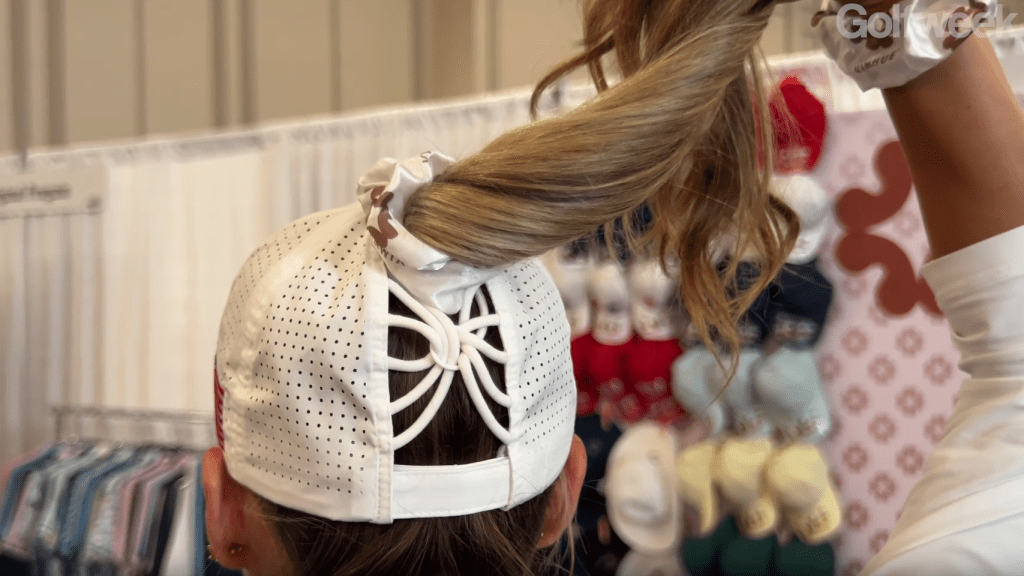[ad_1]
He didn’t get the nickname ‘Mad Scientist’ for nothing.
Bryson DeChambeau, leading the 2024 U.S. Open by three shots after 54 holes, is known for experimentation.
At the Masters, it was revealed his golf clubs were produced by 3D printing.
Now at Pinehurst No. 2, the talk on Saturday was the process of floating his golf balls in a salt solution.
“Thanks for the salty balls question. I appreciate that,” began his response. “Yeah, I put my golf balls in Epsom salt. I’m lucky enough that Connor, my manager, does that now. I don’t have to do it. But essentially we float golf balls in a solution to make sure that the golf ball is not out of balance.
U.S. OPEN: Leaderboard | Hole-by-hole | How to watch
“There was a big thing back in the day where golf balls are out of balance, and it’s just because of the manufacturing process. There’s always going to be an error, especially when it’s a sphere and there’s dimples on the edges. You can’t perfectly get it in the center.
“So what I’m doing is finding pretty much the out-of-balanceness of it, how much out of balance it is. Heavy slide floats to the bottom, and then we mark the top with a dot to make sure it’s always rolling over itself.
“It kind of acts like mud. If there’s too much weight on one side, you can put it 90 degrees to where the mud is on the right-hand side or the mud is on the left-hand side. I’m using mud as a reference for the weight over there. It’ll fly differently and fly inconsistently.
“For most golf balls that we get, it’s not really that big of a deal. I just try to be as precise as possible, and it’s one more step that I do to make sure my golf ball flies as straight as it possibly can fly because I’m not that great at hitting it that straight.”
It’s working so far. DeChambeau is at 7 under and is the first to ever break 70 the first three rounds of a U.S. Open at Pinehurst.
[ad_2]



